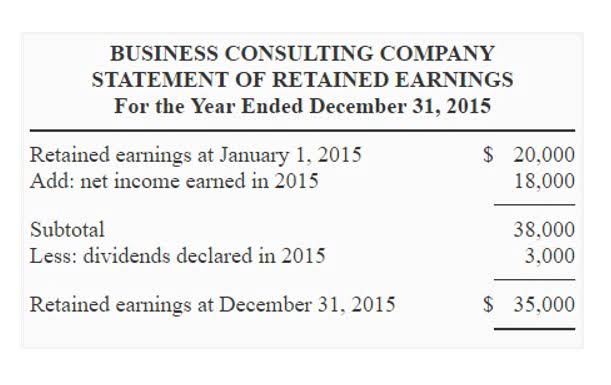
CUA and CBA both can involve single or multiple effects, but they differ in how these effects are valued. CUA uses health state preference scores (also known as utility scores), such as healthy years, typically measured in quality-adjusted life years (QALYs; stay tuned for more on these) to value the consequences of an intervention. One use for a cost-benefit analysis in healthcare is when limited resources are available and care providers want to use them efficiently to provide the greatest good to the greatest number. This comes up particularly markedly in triage, where care providers need to make snap decisions about who gets care and when.

Choices by individuals and by the government in economics are always dependent on opportunity costs. If one does not value alternatives to identify the next best alternative, the opportunity cost of an intervention cannot be determined. The applications which we used throughout the analysis concentrated mainly on the interventions that were newly evaluated using CBA and found to be socially worthwhile. These were years of education, Medicare eligibility, hearing aids, corrective lenses, and avoiding living in a nursing home. The data used for these evaluations were recast in order that they could be viewed separately as CEAs, CUAs and CBAs. For the CUA part of the analysis, we expanded the range of dementia applications to include FDA-approved medicines.
Development of a reference case for preventive health interventions
CBA studies allow decisions to be more explicit and transparent because costs and effects of different interventions are measured in the same unit. For example, if the intervention costs less than the value of health and non-health gains in monetary terms, then it clearly provides good value for money. If there are more than 2 competing interventions, then the intervention that provides the largest net value (difference between the costs and effects in monetary terms) is often recommended for use.
Even with CEA in the form of a CUA, assigning a budget in advance of knowing which interventions will be evaluated, and actually funded, is not a rational economic evaluation method. Insurance companies routinely what is a cost benefit analysis use cost-benefit analysis in healthcare to set policies and decide whether to approve claims. If the cost is unacceptably high and the benefit is marginal or low, the company may deny treatment.
Consent for publication
Data extraction involved JA initially extracting data on five documents and then presenting the initial data categories and results to RC and MM. Following data extraction, an analytical review was undertaken by JA to ascertain the similarities and differences between the recommended CBA methodology across the different departments and agencies, specifically those that impact economic analyses of preventive health policies and interventions. The assessment of CBA components that have relatively good agreement, poor agreement and flexibility https://www.bookstime.com/ in application involved a deliberative process with all authors until consensus was reached. Valid comparisons between policies presented to the Cabinet at different times is possible only if there is sufficient standardization of CBA evaluation methodology and decision rules for policy approval [10]. However, any framework must have the flexibility to capture the credentials of interventions across a range of sectors. For example, New South Wales (NSW) Treasury guidelines report that CBA should take a NSW community perspective [4].


